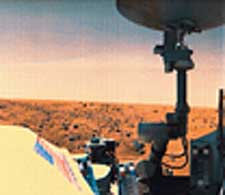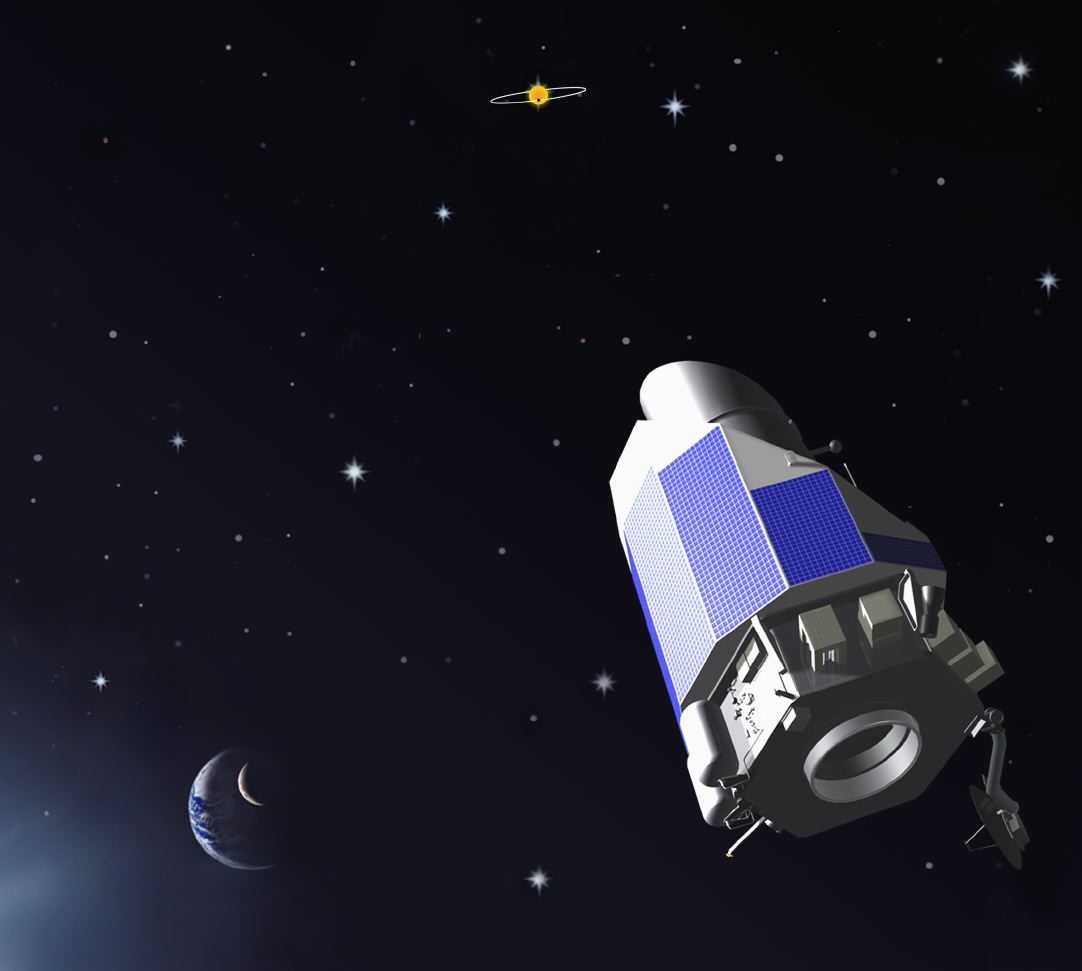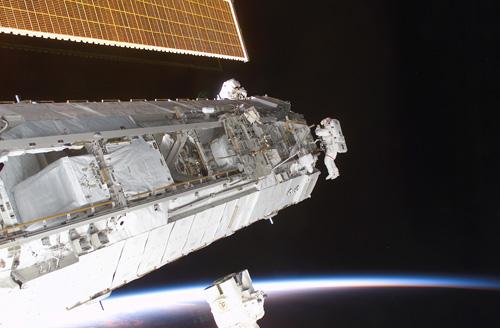By Tom Young
In 1971, I was working on the Viking program when my center director, Ed Cortright, recommended that I accept an offer to become an MIT Sloan Fellow. I certainly considered it a flattering offer — but the timing couldn’t have been worse. We were in the preliminary design phase for Viking, and I didn’t see how it was possible for me to leave the project at that point.
Actually, on Viking all phases of the project were critical. It was NASA’s first mission to soft-land a spacecraft on Mars, and we understood the opportunity we had, coming only six years after landing on the moon.
The project manager was a gentleman by the name of Jim Martin. He not only displayed an extraordinary amount of discipline in his own work, he required it of the people who worked for him. He understood that the way you get in trouble is by cutting corners, and he was committed to excellence. He lived it, and he pushed it every day. It’s fair to say that he was known as a demanding manager.
I had been selected by Jim to be one of a handful of critical people on the project. When I got the call from Ed, I was in the middle of establishing relationships with all the scientists. I couldn’t imagine that Jim would let me go without a fight.
But that’s when he taught me something about leadership that I have never forgotten. Though it was going to cause difficulties for his project, Jim encouraged me to take the Sloan fellowship. He agreed with Ed that it was too good an opportunity for me to pass up, and it would be too important a step in my career not to take. Jim might be demanding of the people working for him, but he cared an awful lot about them, and he was willing to make sacrifices to invest in them. That’s what I learned.
When Jim told me I should take the Sloan fellowship, I wasn’t about to argue with him. But I told him that when I finished at MIT I wanted to come back to Viking.
“You’re welcome back,” he told me. But he also made it clear that I wouldn’t be entitled to anything other than the opportunity to return to the project and work hard — in whatever position he needed filled at the time.
This story so far has been about Jim Martin and Viking, but I also want to say something about career development. When an opportunity comes up, whether it is to go to Sloan or to attend one of the APPL classes at Wallops Island, I would urge any project manager, or aspiring project manager, to consider the value that training offers not just to them, but also to their projects — and to the Agency, in giving young leaders the chance to develop.
Sloan did many things for me. One, I was exposed to academic subjects that were new to me. Before going to MIT, my expertise was all technical; through the Sloan program I had the opportunity to study business and management, and to see another side of project work. Even more important than that, it was an enormous confidence-builder for me. It gave me the personal self-confidence to do things that I don’t think I would have done without that experience.
I was an engineer who had worked almost my whole career at NASA. In my classes, I met people from all the major industries, and also from several foreign countries. When I went to MIT, I had no idea if I would be able to hang in there with the likes of them. To my delight, I found out that I could.
When I returned from Sloan a year later, I was ready to give back to NASA and I returned to the Viking program. I wasn’t treated special for having gone to MIT, but Jim put me in a position that he thought was right for me — and, eventually, he gave me even more responsibility than I had when I left. I stayed until the end of the project. Viking launched in 1975, and the history books tell the story of our accomplishments better than I can.
After Viking, I went to NASA Headquarters as director of the Planetary Program. I went from there to the Ames Research Center, where I was appointed deputy director, and then on to the Goddard Space Flight Center, where I became center director. I left NASA in 1982 to join Martin Marietta, where I eventually was appointed president and chief operating officer.
The Sloan experience was critical to what I did afterwards, but so was having worked for people like Jim Martin and Ed Cortright, who realized the importance of developing young people to be leaders. In essence, what they told me was, “Look, this stuff you’re doing now is important, but so is preparing yourself for the future.”
That’s another thing I learned from Jim. Real leaders understand that if they make decisions that are in the best interest of their employees’ careers, then everyone benefits. Certainly, the individuals involved have more opportunities. But project managers also gain; they get a more qualified workforce, and they earn a reputation for being managers who good people want to work for.
Jim Martin certainly influenced me by helping me to understand that the development of people is a critical responsibility of any leader. Because he was willing to invest in my future, I stretched myself to do things that I might not have had the confidence or the courage to do on my own.
Lessons
- Good managers do not stand in the way of employee advancement and development. In fact, they encourage it.
- Project success often depends on having the right people in the right roles. Competition for the “right” people is stronger now than ever, and a project manager who wants to recruit strong teams should establish a reputation as someone who takes care of people.
Question
When you have offers to join more than one project team, what are your considerations when deciding which offer to accept?
Search by lesson to find more on:
- Leadership
Read about another Mars mission:
Off the Charts










